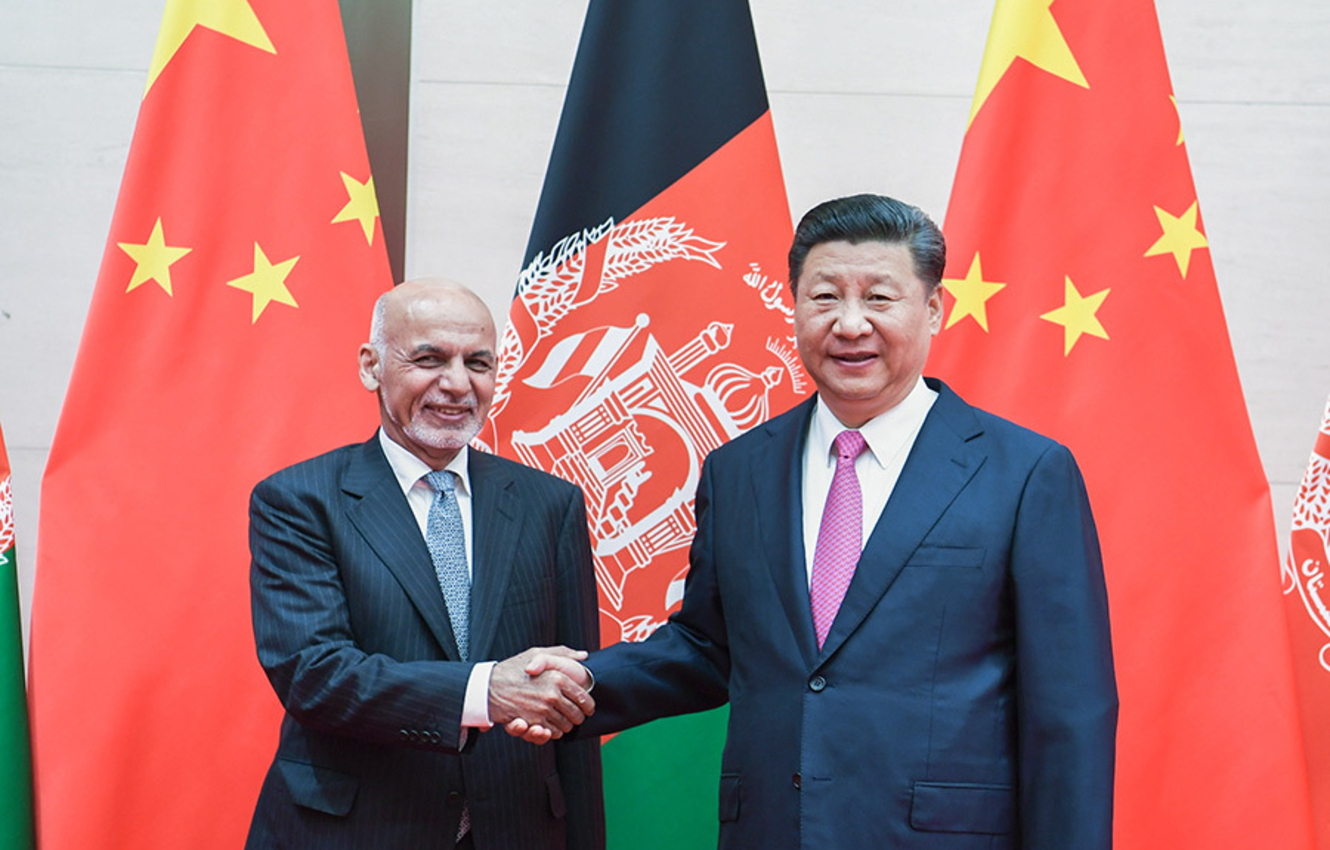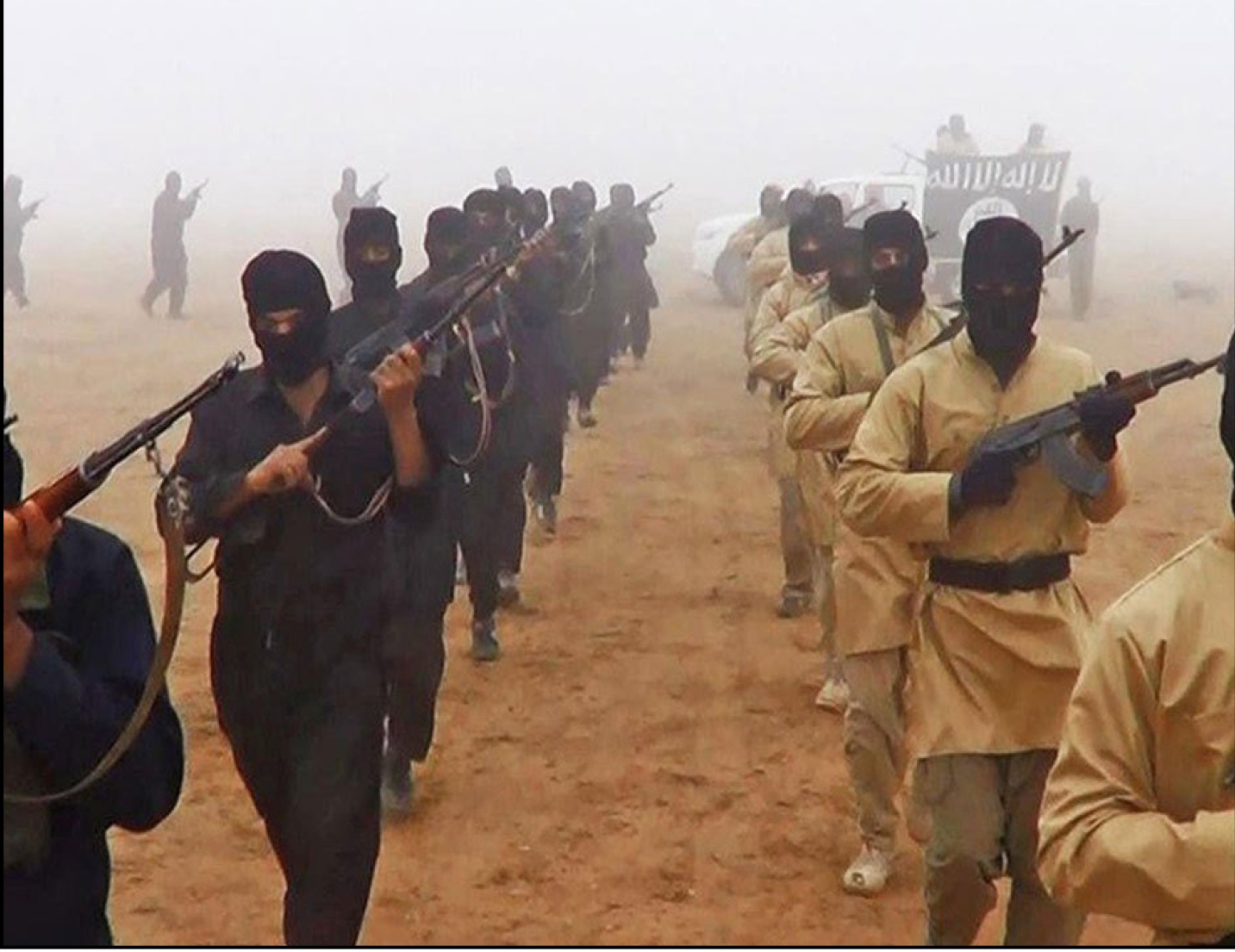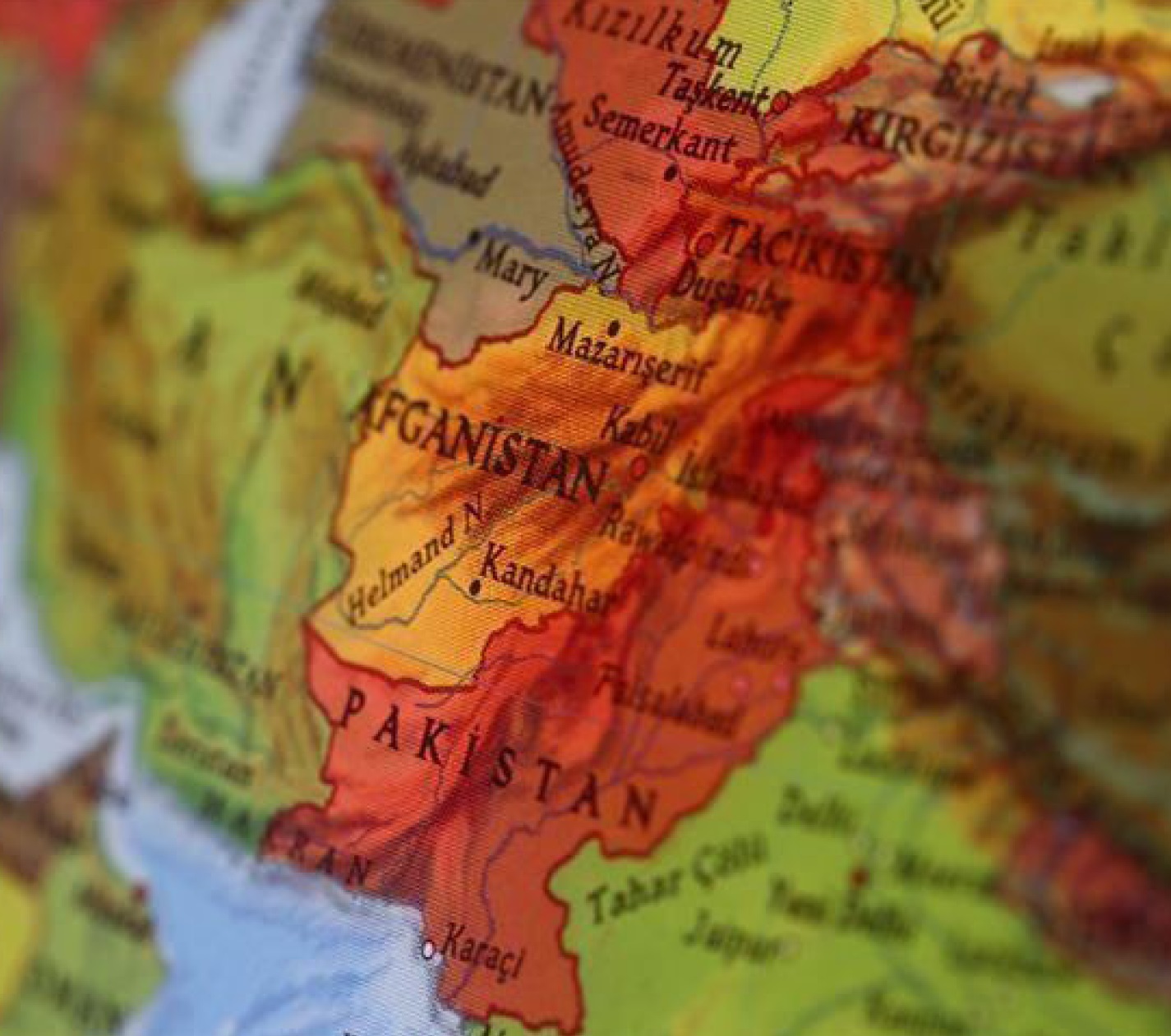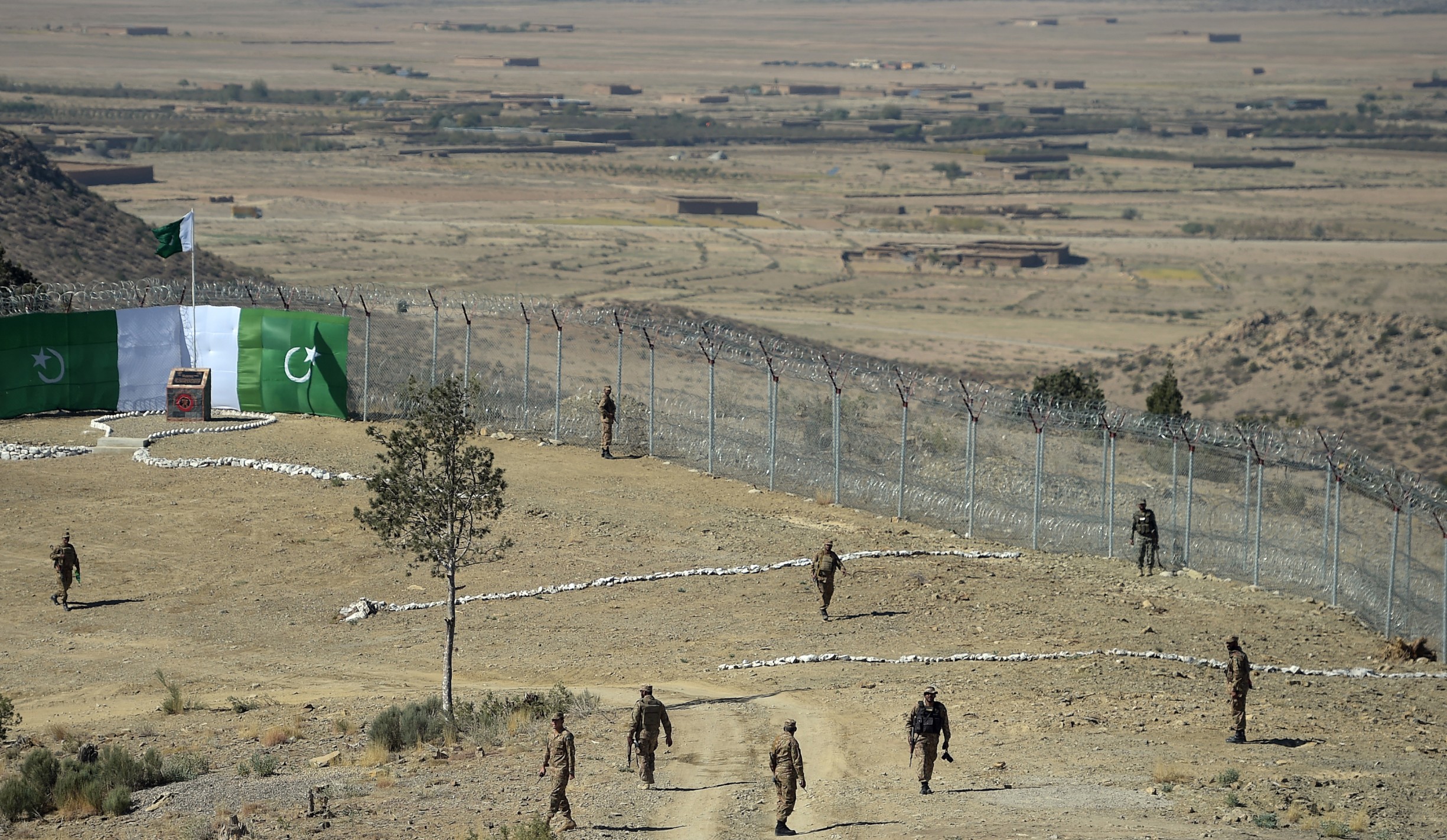Afghanistan is going through another transition with many uncertainties causing hope and fear. Pakistan has a long history of involvement in Afghan affairs. When President Donald Trump tweeted on 08 October 2020 that all American troops will be home from Afghanistan by Christmas, this surprised everyone in Washington. The Pentagon, the State Department and Central Intelligence Agency (CIA) officials were scratching their heads and contemplating how one single tweet undermined the bargaining position of the United States. This also sent shock waves in General Head Quarters (GHQ) of the Pakistan army. Prime Minister Imran Khan’s government is not even pretending to have any role in Afghan affairs and has handed the Afghan file to the army. Imran Khan wrote an op-ed piece for the Washington Post pleading the Americans not to leave Afghanistan in haste for Pakistan fears it will face all the negative fallout.
There will be a review of the Afghan policy with the arrival of a new administration in Washington in January 2021. However, domestic issues will suck all the oxygen and it is not likely that the new administration will be able to spend significant economic, military and political capital on a side show in Afghanistan. President Trump is now the wild card before President elect Joe Biden takes oath on 20 January 2021. He can order a complete withdrawal of American troops by the end of the year that can make any course correction for new administration very difficult. Pakistan’s hope is that the new administration keeps the current level of forces and economic lifeline to Afghan government until meaningful progress is made on intra-negotiations front.
The changing dynamics of Afghan security invariably will have impact on Pakistan’s western border. The Taliban strategy is to consolidate and then gradually expand its hold from rural to urban areas. They are leaving major population centers alone for now but in many cases consolidating in the surrounding countryside. In case of Kabul, they are in the process of encircling the capital by increasing footprints in neighboring provinces. In the last three years, the Taliban poured into the eastern Nangarhar province to fight Daesh and in this process were helped by Iran, United States and Afghan government. Now, they sit on the eastern gate of Kabul. In the west, in Wardak province they have increased their gains and in the southeast, they have completed control of major parts of Logar province (Azrah district). Parwan, Kapisa and Laghman on the northern border of Kabul have also seen increasing Taliban presence in the last ten years. The Taliban slowly moved from mountains and valleys into rural areas of Parwan and are now in a position to threaten two strategic highways connecting Kabul with central and northern Afghanistan. Similarly, in Kapisa (especially in Pushtun dominated Taghab and Afghanya valleys) and Laghman (Alingar & Alishang districts) provinces, Taliban footprint has increased. Recently, Taliban have increased military pressure on major population centers and attempted to isolate Lashkargah, the provincial capital of Helmand. It also swept into districts surrounding Kandahar city and are threatening to cut off connection between Kandahar and Lashkargah. They want a dominating military posture to extract maximum concessions during the negotiating process with the goal of complete control of the country.
Rural areas are the zones of major contest between Taliban and Afghan government forces and their local allies. The United States Special Operations Forces (USSOF) recruited locals into Afghan Local Police (ALP) and worked closely with these forces for village stability operations. In provinces bordering Pakistan, ALP played a significant role in keeping the Taliban at bay as the presence of Afghan National Army (ANA) and Afghan National Police (ANP) was very thin or completely absent in these areas. ALP was like an irregular militia and its role was mixed; in some areas they were very effective with support from their local communities while in other areas they became an unaccountable and abusive militia. When the United States stopped ALP funding, it was officially disbanded on 30 September 2020. No preparation was done for winding down this important peg of security and this will have impact on the security on both sides of the Durand Line. After the peace deal with United States, aerial and special forces night time assaults ceased thus emboldening Taliban to come out of the shadows and increase pressure on Afghan security forces. The morale of Afghan forces plummeted when they were asked to cease offensive operations and are now hunkered down in defensive positions. Their defection rate will be directly proportional to the shrinking of Afghan government political, military and economic muscle.
Afghan civil society has seen a dramatic change with marked improvement in education and global connectivity. The younger generation born after US arrival in urban centers is educated and upwardly mobile. This is seen as a threat and in recent months the Taliban have targeted journalists, human rights and female activists. They want to instill fear in this segment of the population.
There are too many players on the field and Pakistan will be juggling with many balls. Depending on the degree of residual American presence, especially intelligence assets, Pakistan will have hot and cold spells on that front. One recent incident shows the complexity of the problem. On 25 October 2020, Afghan special forces killed a senior al Qaeda leader Abu Mohsin al Masri in the Taliban controlled Andar district of Ghazni province. This incident can be interpreted in two ways. The Afghan government can point to the Americans that al Qaeda leaders are under direct Taliban protection and killing of al Masri is a proof of Taliban lies to Americans. The other narrative that I suspect may be true is that the Taliban passed on the information about al-Masri and then moved out of the area to allow Afghan special forces to claim the hunt. In this way, they gave solid proof to the Americans that they have cut ties with trans-national extremist groups and earned some brownie points.

China has increased its engagement in Afghanistan by meeting all Afghan groups. Chinese interests are related to security and economics. On the security front, main concern is vulnerability of Chinese soft underbelly in Xinjiang province and Uighur Muslim problem. In this context, China has set up security presence along Tajikistan-Afghanistan border and is working with Afghanistan to secure the Wakhan that borders Chinese Xinjiang province. China has started a massive project of pouring Han Chinese population to change the demographics of Xinjiang combined with complete suppression of ethnic and religious identity of Uighurs as a permanent solution. The largest concentration of Uighur extremists under the banner of Eastern Turkistan Islamic Movement (ETIM) found refuge in camps of Islamic Movement of Uzbekistan (IMU) in Waziristan. ETIM suffered a heavy blow from operations of Pakistan army and the remaining fighters scattered and only small numbers are in Afghanistan and are not a serious threat at present. However, China exaggerates this threat and is very sensitive about it. China’s concern is that if a cold war starts between United States and China then ETIM can be used as a useful proxy in view of complete alienation of Uighurs. Recently, the State Department quietly removed ETIM from its list of terrorist organizations. If the Uighur card is used then a strong base will be Kyrgyzstan with a secondary possible front from ungovernable pockets of Afghanistan. Like many neighboring Central Asian states, Kyrgyzstan is a weak state rife with corruption and powerful influence of transnational organized crime. This structure is headed by an autocratic ruler. There is a powerful Uighur clan involved in transnational business and operates like a Mafiosi. If such groups are roped in by hostile forces then lot of trouble can be stirred.
China is aware that economic activity cannot occur in the absence of security. It is using its influence to work with Afghans to work on a cooperative model and is also exerting its influence on Pakistan quietly to encourage them to work towards peace. When the Pakistan-Afghanistan border was closed after another spat, it was Chinese advice to Pakistan that opened the border. A few years ago, the Aynak copper mine project in Logar province got lot of media attention but so far there is no traction on the project. Russian interest is mainly security related and focused on preventing extremist Islamist groups gaining foothold in Central Asian Republics bordering Russia. Turkey bringing Syrian mercenaries to Azerbaijan during the Armenian-Azerbaijan conflict in Nagorno-Karabakh is a new potential threat of extremist penetrating into troubled Muslim-dominant Dagestan and Chechnya regions of Russia. Russia has a military base in Tajikistan and will keep channels open with all Afghan factions to get their cooperation in keeping a cordon sanitaire along its tumultuous border. In this context Russia will also work with Pakistan.

Iran is happy to see the departure of American troops. Emergence of Daesh in Afghanistan was viewed with grave concern and this was the reason a tactical alliance was made with Taliban in their fight against Daesh. However, Tehran does not want a collapse of the existing structure and sees a negotiating settlement as an acceptable middle ground. This will keep Taliban influence limited and not a major threat. Tehran has increased its cultural influence especially in areas bordering Iran. Quiet on the Syrian front prompted return of Shia Afghan fighters of Fatimayoun Brigade to Iran and Afghanistan. If a civil war breaks out then these battle-hardened Shia fighters with operational links with the Iranian Revolutionary Guards (IRG) and Hezbollah will be the backbone of new Shia militias defending their territories. This will exacerbate sectarian tensions in the region.
Indian presence in Afghanistan though exaggerated is a concern for Pakistan. Indian national security doctrine has taken a new sharp right turn under the influence of National Security Advisor Ajit Doval. His own personal experience in covert operations against Pakistan has shaped his world view and threat perception. He has not kept any secret about the Indian strategy. Gone are the days of meaningful engagement with Pakistan on Kashmir under Congress and previous moderate leadership of Bharatiya Janata Party (BJP).
In 2019, the abrogation of Kashmir special status, complete lock down with medium to long term strategy of changing the demographics of Kashmir as permanent solution changes the calculus. India wants to re-pay Pakistan in the same coin and to decrease threat along its border is happy to see long term deployment of large number of Pakistani security forces along western border with Afghanistan. It wants Baluch insurgents and Tehreek-e-Taliban Pakistan (TTP) militants to keep Pakistani security forces busy on the western border, thus limiting Pakistan’s options along Indian border.
Afghanistan’s role is complex in this equation and depends on its relations with Pakistan and it has tried to avoid being entangled in India-Pakistan rivalry. Baluch leader Nawab Akbar Bugti had asked President Hamid Karzai government for a safe passage but was refused. It was after this refusal, he moved to Kohlu hills where he was eventually killed by the Pakistan army. Afghanistan also tried to restrict Indian involvement with Baluch militants inside Afghanistan. This was the main reason that some of the covert operations were run by India from Iran. Afghan leadership’s frustration of increasing violence by Taliban resulted in allowing India to increase its footprint, this was due to anger and not as a long-term state policy. If a rapprochement occurs between Taliban and Afghan government, then they may ask India to close Kandahar and Jalalabad consulates to placate Pakistan. If security situation deteriorates in eastern and southern Afghanistan, India may close these consulates due to security concerns. However, if next round of civil war starts then India will enhance its partnership with all Afghan factions against the Taliban with back-up presence in Tajikistan. In September-October 2020, former members of Northern Alliance Atta Muhammad Noor and Abdul Rashid Dostum visited India. These former warlords have openly stated that they will not allow Taliban in their backyards without a fight.
The shrewd Taliban have sent conciliatory signals to Indians promising them that their struggle is for Afghanistan and they will not allow any group on its soil to work against Indian interests. The most interesting statement was from Taliban spokesperson about Indian revocation of special status of Kashmir. When Pakistan publicly stated that Indian actions in Kashmir may jeopardize peace process in Afghanistan, Taliban spokesperson promptly rejected this notion stating that Afghanistan peace process is not linked with Kashmir and advised India and Pakistan to solve their problems bilaterally. India’s covert operations against Pakistan from Afghanistan will be directly related to Pak-Afghan relations. In the absence of a minimum agreement between India and Pakistan, a proxy war will continue. If Indian actions cross a certain threshold, then Pakistan will tap into the rising discontent among Indian Muslim population to create a new internal front for Indian security apparatus.
There is deep mistrust of Pakistan among a large segment of Afghan population. Support of Taliban has cost Pakistan good will of all Afghans against Taliban. With American withdrawal, Pakistan may find some proxies like Gulbadin Hikmatyar, but such proxies have proved to be more headache than facilitators of Pakistan’s interests. Pakistan invited Hikmatyar for a visit not after deliberation and as a piece of a well thought out policy, but it was a knee jerk reaction to the visit of Dostum and Noor to India. They asked Hikmatyar not to issue any statements against the Afghan government from Pakistani soil. However, typical of such warlords, he denounced the Afghan government as illegitimate, raising suspicions in Afghanistan that Pakistan was up for another round of mischief in Afghanistan. His party is enjoying the benefits of being part of Afghan government and bureaucracy while he embarrassed Pakistan.
Nothing is static and security challenges evolve and transform overtime. What has changed in the region in the last two decades as far as Pakistan’s security is concerned? The most dramatic and serious threat is emergence of the Tehreek-e-Taliban Pakistan (TTP). One major blind spot in Pakistan’s threat assessment is its failure to understand the linkage between TTP and Afghan Taliban. They have similar social, economic, political and ideological background and have interactions at various levels and some foot soldiers rotate between the two organizations. The Afghan Taliban are dependent on Pakistani support therefore they tried to mediate between Pakistan army and TTP although unsuccessfully. Afghan Taliban consider Afghan government as illegitimate and a puppet of foreigners, especially United States. TTP holds the same sentiments about Pakistani state and security forces. Until now, Afghan Taliban have kept a safe distance from TTP and refrained from attacking it despite Pakistan’s earnest desire. Once Afghan Taliban are more independent politically and economically, there will be further reasons not to spend political and military capital on confronting TTP although trying to influence TTP not to attack Pakistan security forces. Taliban have asked TTP fighters inside Afghanistan to get registered and avoid cross border attacks, but it is unlikely that such measures will be fruitful.
In the last fifteen years, the Pakistan army has fought many sanguine battles against TTP to wrest back control of large swaths of territory Along western border. In this process, TTP was pushed across the border into Afghanistan.
Now with more ungovernable spaces in Afghanistan and prospective American withdrawal, TTP is changing its own strategy. It has embarked on a three-pronged approach for operational flexibility. There are pockets along the border in Paktiya, Nangarhar, Khost and Kunar provinces and it is from these locations that it launches cross border attacks on Pakistani security forces and then retreats. In case of prospective an American withdrawal and further weakening of Afghan security apparatus, Pakistan will have flexibility to attack TTP bases inside Afghanistan along the border. To offset this advantage, TTP has infiltrated back cells into former tribal territories where they have started Improvised Explosive Device (IED) attacks, small scale ambushes on security forces and target killings of locals. In another interesting move, some TTP cadres along with other foreign militants have moved deeper into Afghan territory well away from the border making any Pakistani operation difficult and hazardous. Using the Logar corridor, many TTP militants have moved into Wardak. In addition, western districts of Nangarhar (Khugiani, Surkh, Hesarak) are seeing increased concentration of TTP.
In the fight against TTP there was large scale collateral damage and local population suffered. Counter insurgency is a dirty war and extra-judicial killings, large scale sweeps, humiliations and prolonged detentions alienates the population. A soldier killed in an attack is followed by a sweep of the locality, abuse and detentions and the cycle is repeated. In this exercise, for every soldier killed, a whole village is alienated, this led to emergence of grass root Pushtun Tahhaffuz Movement (PTM) blaming the army for first supporting the militants and then destroying their lands to crush militants. The Army made a major mistake by blaming PTM as anti-state thus alienating the group that could have been its major asset against militancy. Army arranged for surrender of militants and allowed them back without taking local population into confidence. This has raised suspicion among locals and every target killing in blamed on these surrendered militants and hence complicity of the army. During military operations, many Pakistani families from Waziristan living close to Afghan border crossed over to Afghanistan and are living in refugee camps in miserable conditions. Every effort should be made to bring them back to prevent it from becoming another festering wound that can have security implications.
Counter insurgency is a long and painful journey with no short cuts. The center of gravity in any counter insurgency is the population. If the population is lost then the army will be chasing ghosts forever. The first step in the right direction is engagement of local population and of the leadership of PTM. The gulf of mistrust will be bridged by engagement and this in turn will lower the tone of anger and not the other way around. PTM is a grassroots organization standing on the platform of non-violence, it started in the former tribal areas but found a broad-based support not only among educated Pushtun middle class in urban centers but also non-Pushtuns of similar backgrounds. It can become a bridge between army and local communities. A sustained, multi-level engagement will generate confidence and local communities will become the source of information and intelligence that will prevent entrenchment of militant cells. Balochistan with its long border with Afghanistan is another front. Alienation of Baloch and nationalist Pushtun elements of the province leaves no local partner with security forces. Simply pouring in more army and paramilitary forces is not the solution. Meaningful engagement and especially a serious dialogue with the Baloch to bring them into the tent is the first step in the right direction. The Army cannot be the sole arbiter of national security policy with no buy in from the population. Pakistan is facing social, political and economic challenges and in these times, no policy will be fruitful without public support. The road to peace is paved with wisdom, patience and understanding. In the absence of it, soldiers will be running in circles fighting the same battles again and again.
“Be patient with your enemies and forgiving of your friends”. Afghan proverb.






